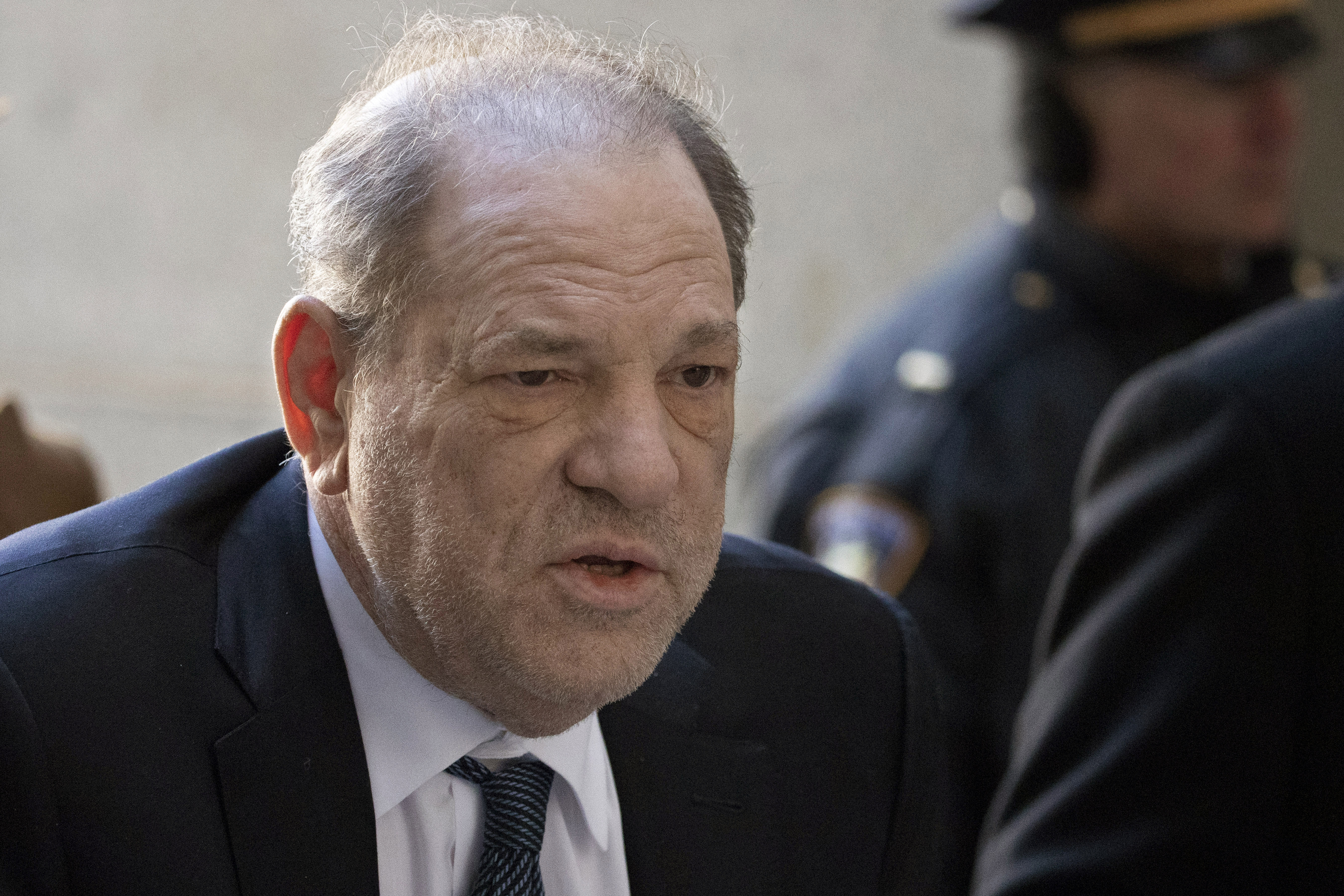A crane that can lift 1,000 tons, described as one of the largest on the Eastern Seaboard, appeared near the site of a collapsed highway bridge in Baltimore as crews prepared Friday to begin clearing wreckage that has stymied the search for four workers missing and presumed dead and blocked ships from entering or leaving the city's vital port.
Maryland Gov. Wes Moore called the Francis Scott Key Bridge's collapse following a freighter collision an “economic catastrophe" and described the challenges ahead for recovering the workers' bodies and clearing tons of debris to reopen the Port of Baltimore.
“What we're talking about today is not just about Maryland's economy; this is about the nation's economy,” Moore said at a news conference, the massive crane standing in the background. “The port handles more cars and more farm equipment than any other port in this country.”
Moore went to the scene Friday and said he saw shipping containers ripped apart “like papier-mache.” The broken pieces of the bridge weigh as much as 4,000 tons, Moore said, and teams will need to cut into the steel trusses before they can be lifted from the Patapsco River.
Get Boston local news, weather forecasts, lifestyle and entertainment stories to your inbox. Sign up for NBC Boston’s newsletters.
Equipment on hand will include seven floating cranes, 10 tugboats, nine barges, eight salvage vessels and five Coast Guard boats, Moore said. Much of it is coming from the Navy.
“To go out there and see it up close, you realize just how daunting a task this is. You realize how difficult the work is ahead of us,” Moore said. “With a salvage operation this complex — and frankly with a salvation operation this unprecedented — you need to plan for every single moment.”
Water conditions have prevented divers from entering the river, Moore said. When conditions change, they will resume efforts to recover the construction workers, who were repairing potholes on the bridge when it fell early Tuesday.
U.S. & World
“We have to bring a sense of closure to these families,” Moore said.
The Coast Guard is focused on removing what's left of the bridge and the container ship that struck it in order to clear the port's shipping lanes, Rear Adm. Shannon Gilreath said.
Teams of engineers from the Army Corps of Engineers, the Navy and the Coast Guard — along with some private-sector experts — are assessing how to “break that bridge up into the right-sized pieces that we can lift,” Gilreath said.
Maryland's Department of Transportation is already focused on building a new bridge and is “considering innovative design, engineering and building methods so that we can quickly deliver this project,” Secretary Paul J. Wiedefeld said.
Adam Ortiz, the Environmental Protection Agency’s mid-Atlantic Regional Administrator, said there is no indication of active releases from the ship, nor of the presence in the water of materials hazardous to human health.
Col. Roland L. Butler Jr., superintendent of the Maryland State Police, said the Federal Aviation Administration has been asked to establish a tactical flight restriction area that would begin 3 nautical miles in every direction from the center span of the bridge and extend upward to 1,500 feet.
Butler advised people to keep drones away from the area and said law enforcement is poised to act on any violations of that airspace.
The victims of the collapse were from Mexico, Guatemala, Honduras and El Salvador, officials said. At least eight people initially went into the water when the ship struck the bridge column, and two of them were rescued.
Divers have recovered the bodies of two men from a pickup truck in the river, but the nature and placement of the debris has complicated efforts to find the other four workers.
“The divers can put their hands on that faceplate, and they can’t even see their hands,” said Donald Gibbons, an instructor with Eastern Atlantic States Carpenters Technical Centers. “So we say zero visibility. It’s very similar to locking yourself in a dark closet on a dark night and really not being able to see anything.”
One of the two whose bodies were found, Alejandro Hernández Fuentes, left Xalapa, Mexico, 15 years ago to join his mother and sister in the United States, hoping to make enough money to eventually build a house and open a business back in his native country. But the 35-year-old put down roots in Maryland, and the family decided he will be buried in the United States.
“He already had a life there; that’s why they didn’t return his body,” Wenceslao Contreras Ortiz, Hernández Fuentes’ uncle, said Friday in Xalapa. He described his nephew as a hard-working father of four who doted on his mother.
Another sister still lives in Mexico but remained in close contact with Hernández Fuentes, and the family is asking authorities for help getting a humanitarian visa to travel to the U.S. to say goodbye.
“She just wants to hug him for the last time,” Contreras Ortiz said.
In Baltimore, locals made morning stops at vantage points Friday to watch for the cranes. Ronald Hawkins, 71, who could see the bridge from his home, recalled watching its construction in 1972. It opened in 1977.
“I’m going to come up here every day, because I want to see the bridge coming up out of the water,” Hawkins said. “It’s a hurtin’ thing.”
President Joe Biden's administration has approved $60 million in immediate aid, and Biden has said the federal government will pay the full cost of rebuilding the bridge, which carried Interstate 695.
Ship traffic at the Port of Baltimore remains suspended, but the Maryland Port Administration said in a statement Friday that trucks were still being processed at marine terminals.
Federal and state officials have said the collision and collapse early Tuesday appeared to be an accident that came after the ship lost power. Investigators are still trying to determine why.
The crash caused the bridge to break and fall into the water within seconds. Authorities had just enough time to stop vehicle traffic but were unable to alert the construction crew.
The loss of a road that carried 30,000 vehicles a day and the port disruption will affect not only thousands of dockworkers and commuters, but also U.S. consumers, who are likely to feel the impact of shipping delays.
Scott Cowan, president of the International Longshoremen’s Association Local 333, said the union was scrambling to help its roughly 2,400 members whose jobs are at risk of drying up.
“If there’s no ships, there’s no work,” he said. “We’re doing everything we can.”
___
Associated Press writers Sarah Brumfield in Washington, Kristin M. Hall in Nashville, Tennessee, Adrian Sainz in Memphis, Tennessee, Alba Alemán in Xalapa, Mexico, and Lisa Baumann in Bellingham, Washington, contributed to this report.



